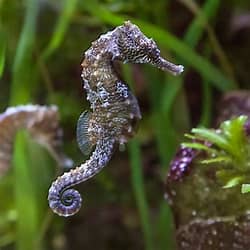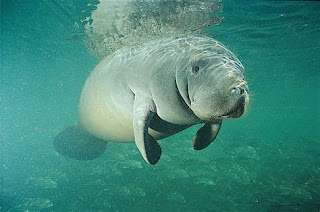An Alarming Spike

What happened, indeed? And yes, I did just upload the first result of 'alarming spike' I saw. Again, yes, I say 'upload' because freaking blogger won't let me just copy-paste images anymore. There has been a spike in my blog's stats. Don't get me wrong, at first, I was pretty glad that people were visiting and reading my blog, and it all felt like natural growth, linear becoming exponential. But that modest, acceptable spike in views started increasing suspiciously, and now, I'm suspicious. Can we please go back to a normal increase in views instead of whatever is happening to my stats? I'm talking to you, random bots. Stop messing with my blog. The thing is, these views occur at random yet evenly distributed times, making it all seem like this is normal. See below for a visual aid example. I don't know what a random spike test is, and I don't know what's happening here anymore, but bots seem to be the usual suspects around here. I...


